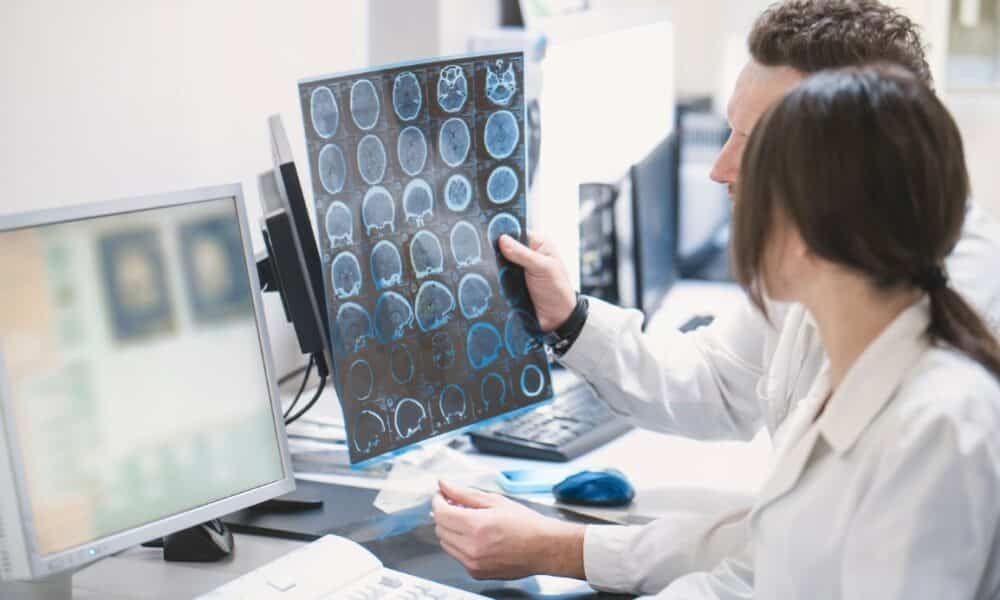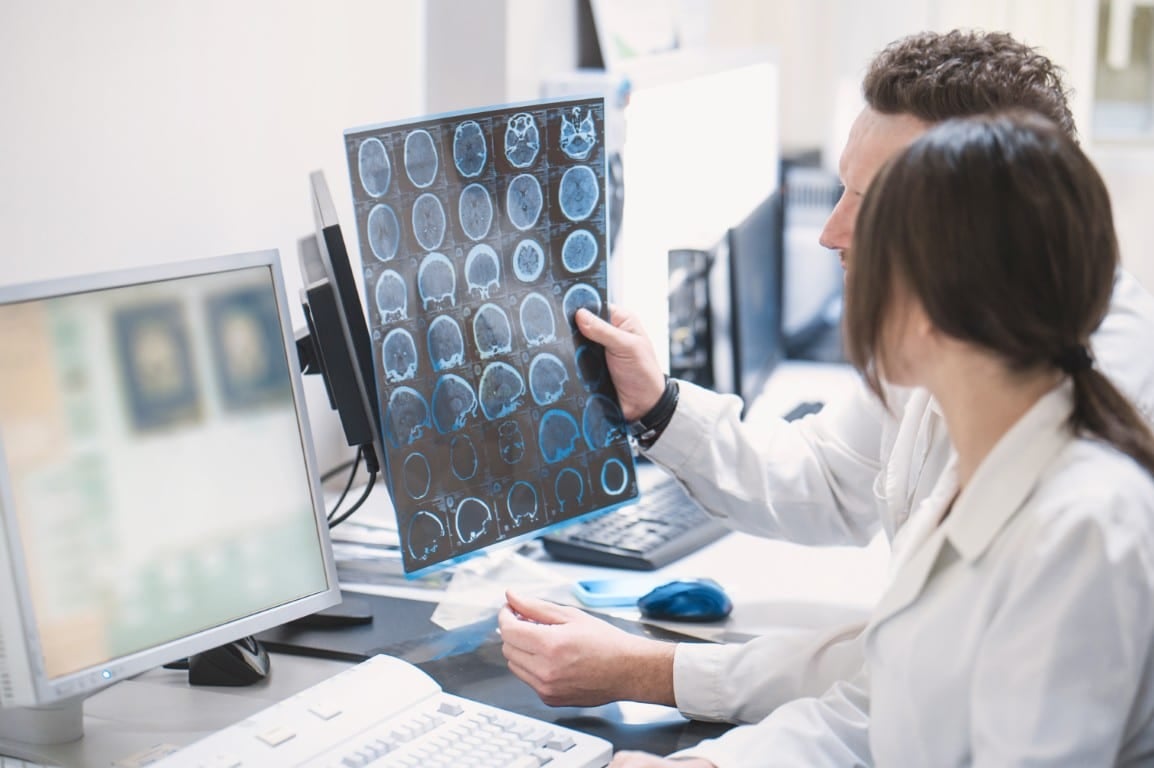

Understand stroke: Early symptoms, risk factors, and what to do to prevent and treat


Stroke is one of the leading causes of death and disability worldwide, affecting millions of people annually. In Brazil, an estimated 400,000 cases occur each year, with significant impacts on victims’ quality of life and their families. Commonly known as a “stroke,” this condition occurs when blood flow to the brain is interrupted, either by a blocked artery (ischemic) or a ruptured vessel (hemorrhagic). Recognizing symptoms quickly and seeking medical care are critical to minimizing complications and saving lives. This article explores how strokes occur, warning signs, risk factors, and prevention and first aid measures.
The brain relies on a constant supply of oxygen and nutrients carried by blood. When an artery is blocked by a clot or plaque, or when a vessel bursts, parts of the brain may be deprived of oxygen, leading to the death of brain cells within minutes. Ischemic stroke, accounting for about 85% of cases, is caused by clots or plaques obstructing blood flow. Hemorrhagic stroke, less common, results from brain bleeding, often linked to high blood pressure or aneurysms. Both types can cause severe damage, such as paralysis, speech difficulties, or death if not treated promptly.
Factors like hypertension, diabetes, high cholesterol, smoking, obesity, and a sedentary lifestyle significantly increase stroke risk. Additionally, advanced age and family history play a key role. Recent data indicate that about 25% of stroke cases occur in people under 65, highlighting the importance of preventive measures across all age groups. Adopting healthy habits, such as a balanced diet and regular exercise, can reduce the risk by up to 50%, according to global studies.
Recognizing stroke symptoms is the first step to ensuring prompt care. The most common signs include:
When blood flow is interrupted, brain cells begin to die within minutes, a process known as ischemia. In ischemic stroke, a clot blocks blood passage, depriving brain tissue of oxygen. In hemorrhagic stroke, blood leaking from a damaged vessel increases pressure inside the skull, compressing the brain and causing further damage. The severity of a stroke depends on the affected brain area and the duration of oxygen deprivation. For instance, areas responsible for speech, movement, or memory may be impaired, leading to permanent complications.
Speed of response is critical. Treatments like thrombolytics, which dissolve clots, are effective only within the first 4.5 hours after symptom onset in ischemic stroke. For hemorrhagic cases, surgical interventions may be needed to control bleeding. Hospitals equipped with stroke units have improved recovery rates, reducing the risk of death by up to 20% compared to standard care.
Many strokes can be prevented with lifestyle changes and management of medical conditions. Hypertension is the primary risk factor, present in about 70% of cases. Controlling blood pressure with medication and reducing salt intake can significantly lower the likelihood of an event. Diabetes, which damages blood vessels over time, also increases risk, especially when poorly managed. Monitoring blood sugar levels and following a balanced diet are essential measures.
Smoking is another major culprit. It doubles the risk of stroke, as the chemicals in cigarettes damage arteries and promote clot formation. Quitting smoking can reduce the risk by up to 50% within a few years. Additionally, excessive alcohol consumption and recreational drug use, such as cocaine, raise blood pressure and can trigger hemorrhagic events. Limiting alcohol to one drink per day for women and two for men is a widely accepted recommendation.
Adopting a healthy lifestyle is the best strategy to reduce stroke risk. Some practical actions include:
Quick action can make the difference between life and death. If a stroke is suspected, the FAST protocol (Face, Arms, Speech, Time) is a simple tool to identify signs: check for facial asymmetry, arm weakness, and speech difficulties. If any of these symptoms are present, the next step is to immediately call emergency services, such as SAMU (192 in Brazil). Every minute counts, as delays in treatment increase the risk of severe complications.
In the hospital, imaging tests like CT scans or MRIs are used to determine the stroke type and appropriate treatment. For ischemic stroke, thrombolytic drugs or procedures like thrombectomy, which mechanically removes the clot, can restore blood flow. For hemorrhagic stroke, controlling blood pressure and, in some cases, surgeries to repair damaged vessels are critical. After initial treatment, rehabilitation with physical therapy, speech therapy, and occupational therapy aids in recovering lost functions.
Stroke affects not only the individual but also their families and the healthcare system. In Brazil, the annual cost of stroke treatment and rehabilitation exceeds $2 billion, burdening the public health system and private insurance. Additionally, about 50% of survivors face complications that limit their independence, such as motor or cognitive impairments. Awareness campaigns, like the global World Stroke Day (October 29), aim to educate the public about prevention and early symptom recognition.
Inequality in access to medical care is also a challenge. Poorer regions of Brazil, such as the North and Northeast, have less access to specialized stroke units, leading to higher mortality rates. Investments in hospital infrastructure and healthcare professional training are essential to reduce these disparities. Telemedicine has also emerged as an ally, enabling specialists to guide teams in remote areas during emergencies.
Global campaigns and initiatives follow an annual schedule to combat stroke:
In recent years, medical advances have transformed stroke outcomes. Mechanical thrombectomy, for instance, has extended the treatment window to up to 24 hours in some ischemic stroke cases, provided it is performed in specialized centers. New classes of safer anticoagulants have also reduced the risk of recurrent events in patients with atrial fibrillation, a condition linked to 20% of stroke cases.
Artificial intelligence is revolutionizing diagnosis. Algorithms that analyze brain imaging can detect stroke signs in minutes, speeding up decision-making in emergencies. Ongoing research is exploring regenerative therapies, such as stem cell use to repair damaged brain tissue, though these treatments remain experimental. These advances signal a promising future but underscore the importance of prevention to reduce case incidence.
Despite progress, stroke prevention faces significant hurdles. Lack of awareness about symptoms leads many to ignore early signs, delaying care. In Brazil, only 30% of stroke patients reach the hospital within the ideal treatment window. Educational campaigns need to be intensified, particularly in communities with limited access to information. Additionally, the prevalence of risk factors like obesity and hypertension continues to rise, driven by sedentary lifestyles and diets high in fats and sugars.
Long-term rehabilitation is another challenge. Many patients struggle to access physical and speech therapy, especially in rural areas. Psychological support is also critical, as stroke can lead to depression and anxiety in up to 30% of survivors. Governments and health organizations must prioritize policies ensuring equitable access to quality care.
Preventing stroke requires continuous, multifaceted efforts. Small daily changes, like reducing salt intake, avoiding processed foods, and incorporating physical activity into routines, can have a significant impact. Communities also play a vital role, promoting collective activities like group walks or health fairs. Schools and workplaces can contribute by offering cardiovascular health education programs.
Collaboration between governments, healthcare professionals, and society is essential to reduce the stroke burden. Initiatives like expanding stroke units in public hospitals and incorporating health education in schools can save thousands of lives. While medicine advances, prevention remains the most powerful tool to combat this devastating condition.